The tapioca starch, a gluten-free flour, gives the breads their unique stretchy texture. In this recipe, we’re using purple sweet potatoes, not so much to replicate the traditional flavour, but to accentuate their texture with a vibrant purple colour.
makes 12 small breads
Ingredients
-
1 purple potato (around 250g)
-
120g tapioca flour (also called tapioca starch)
-
25g olive oil
-
60 ml warm water
Method
Preheat the oven to 200°C. Use a fork to pierce holes into the potato, place it onto the tray and bake it for 1 hour until the inside is cooked and soft. Let it cool down until cold enough to handle, then peel the skin. Crank the oven up to 220°C and line a baking tray with parchment paper.
In a separate bowl, combine the flour with 3/4 tsp salt. Add 200g of the peeled potato followed by the oil and water. Mix it into soft, pliable dough, adding more water if needed. Shape the dough into 12 balls (around 32g each), place them on the baking tray and bake in the oven for 25 minutes. Best eaten while they are still slightly warm.

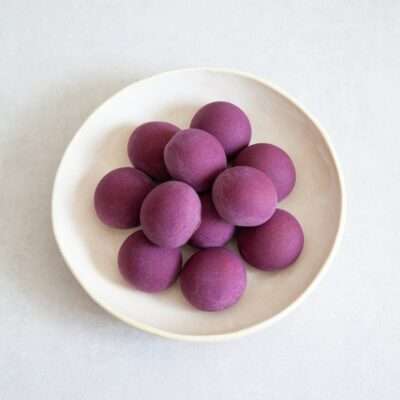
Purple Pão de Queijo
Ingredients
- 1 purple potato (around 250g)
- 120 g tapioca flour (also called tapioca starch)
- 25 g olive oil
- 60 ml warm water
Instructions
- Pre-heat the oven to 200°C. Use a fork to pierce holes into the potato, place it onto the tray and bake it for 1 hour until the inside is cooked and soft. Let it cool down until cold enough to handle, then peel the skin. Crank the oven up to 220°C and line a baking tray with parchment paper.
- In a separate bowl, combine the flour with 3/4 tsp salt. Add 200g of the peeled potato followed by the oil and water. Mix it into soft, pliable dough, adding more water if needed. Shape the dough into 12 balls (around 32g each), place them on the baking tray and bake in the oven for 25 minutes. Best eaten while they are still slightly warm.


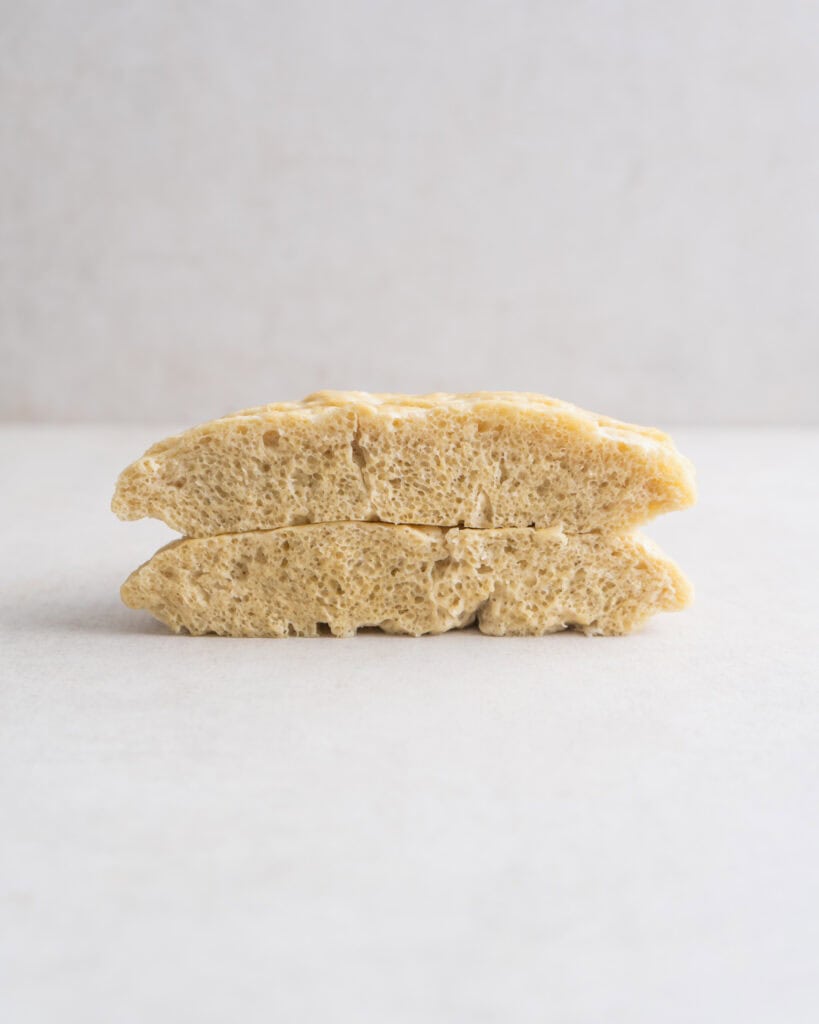
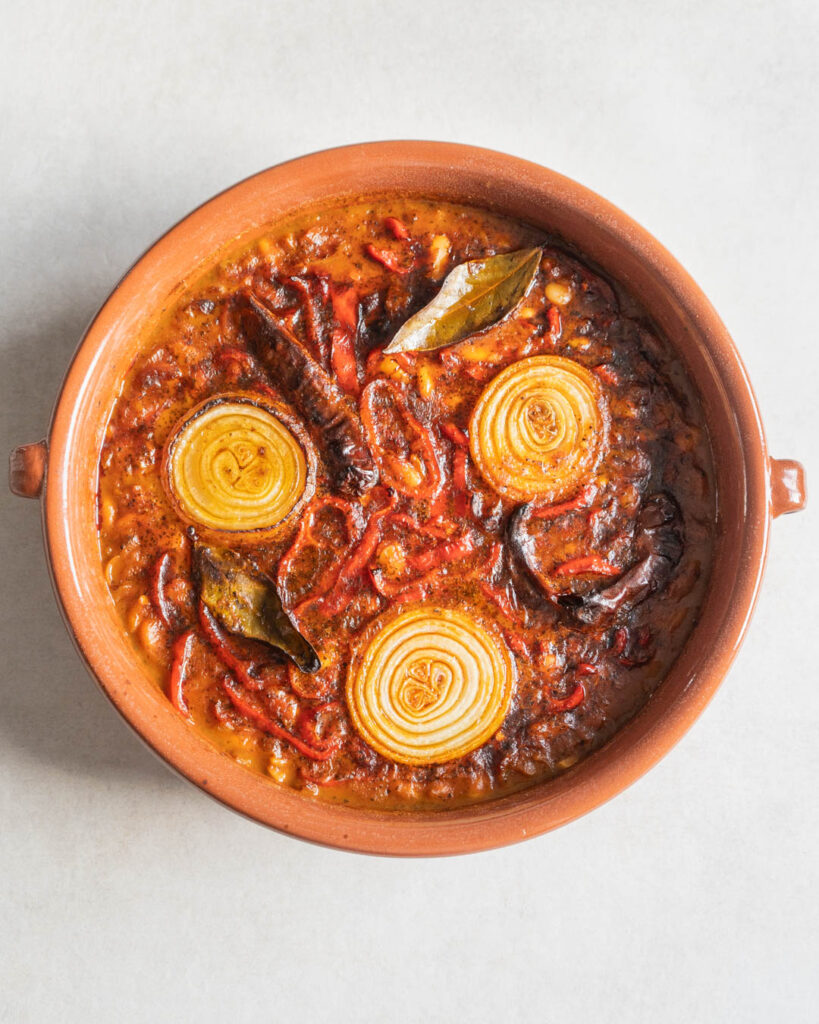
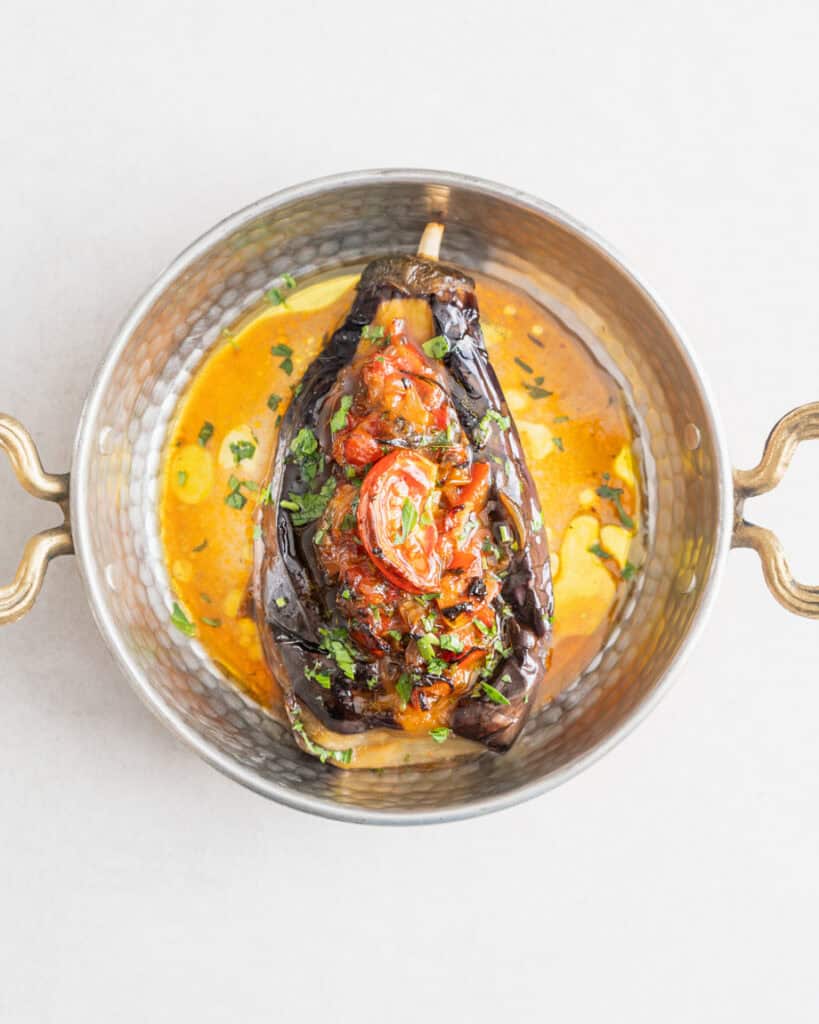
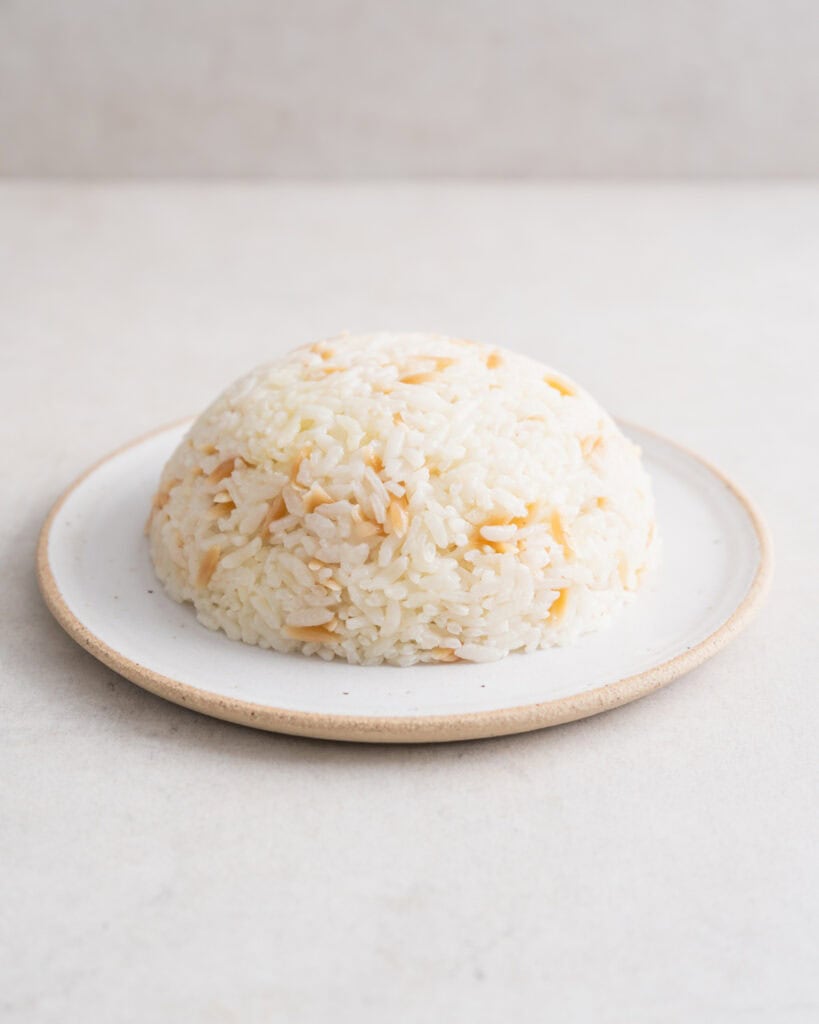




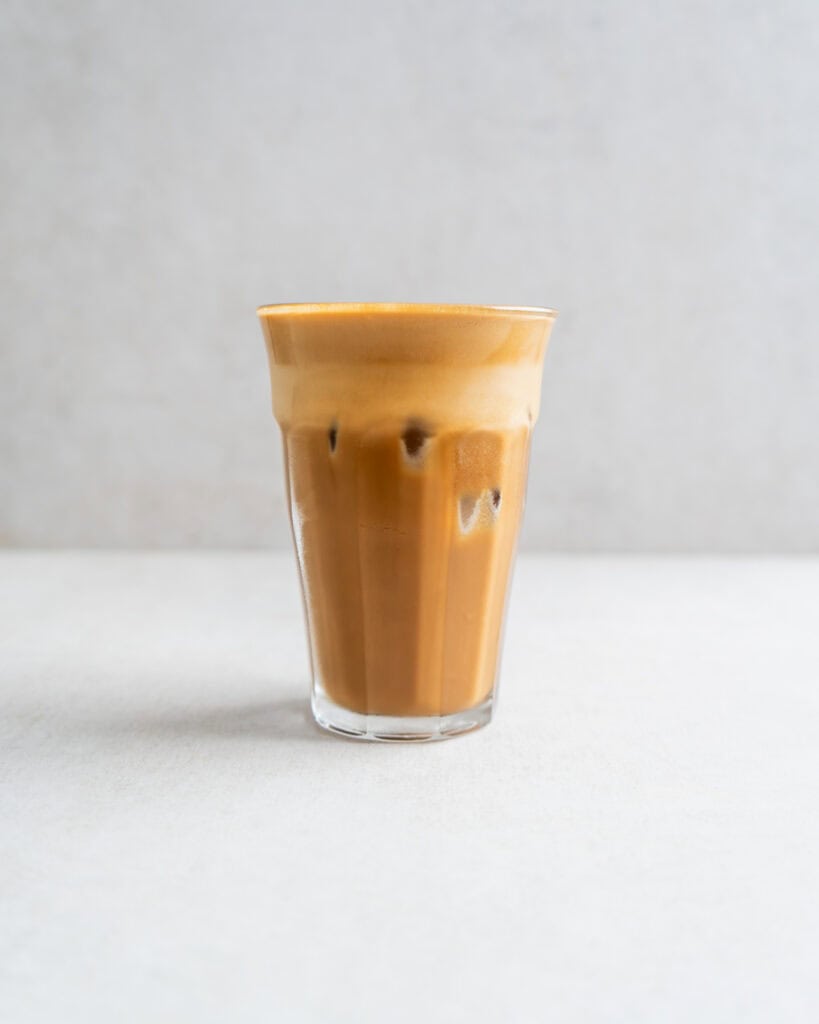

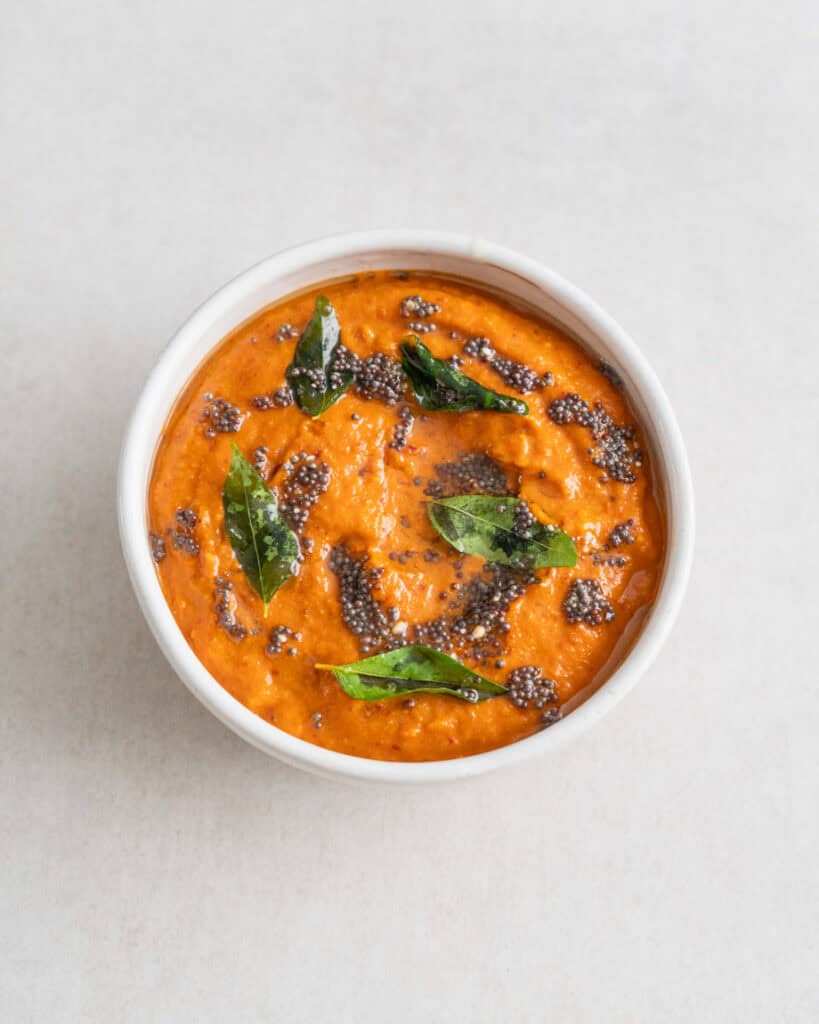
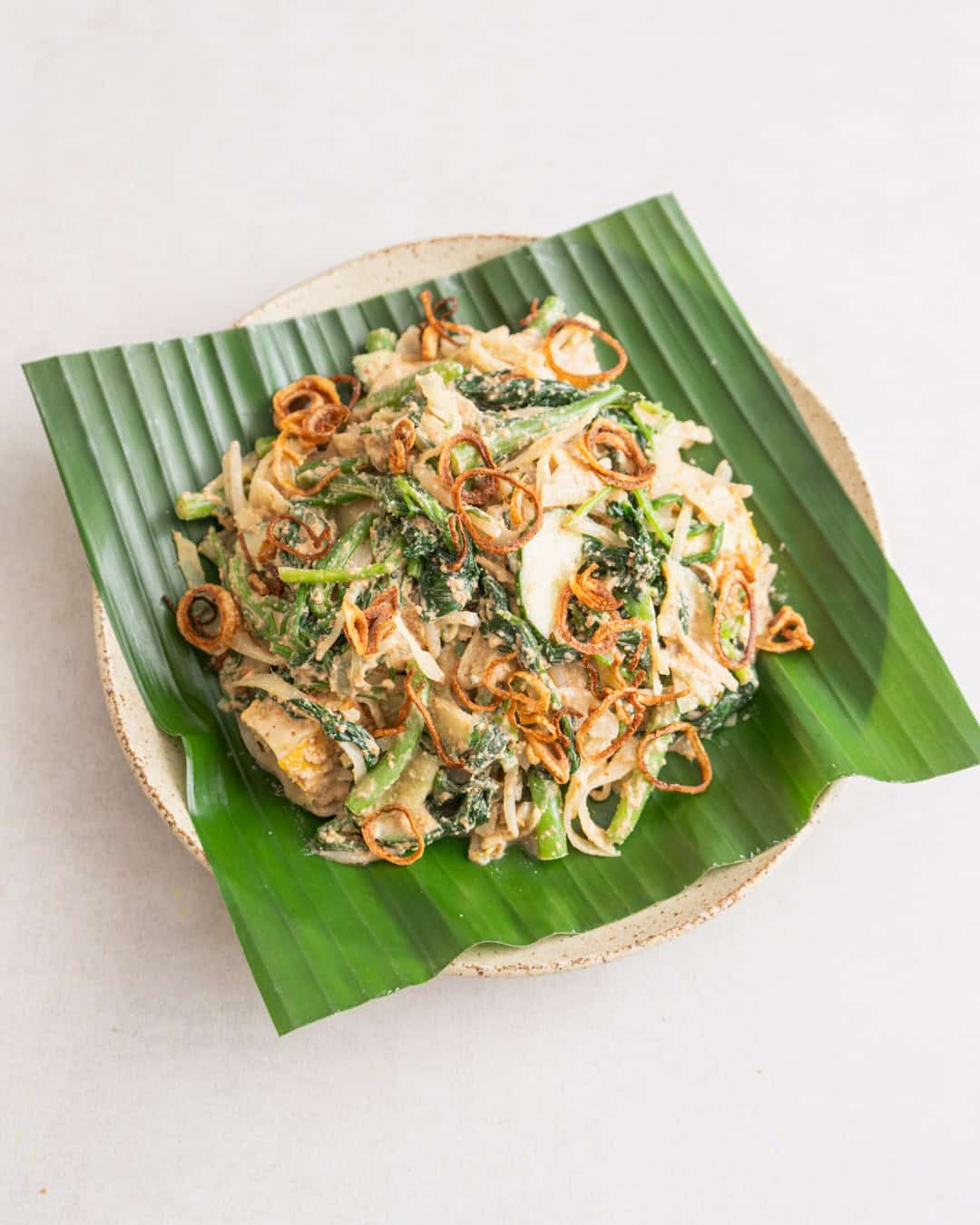
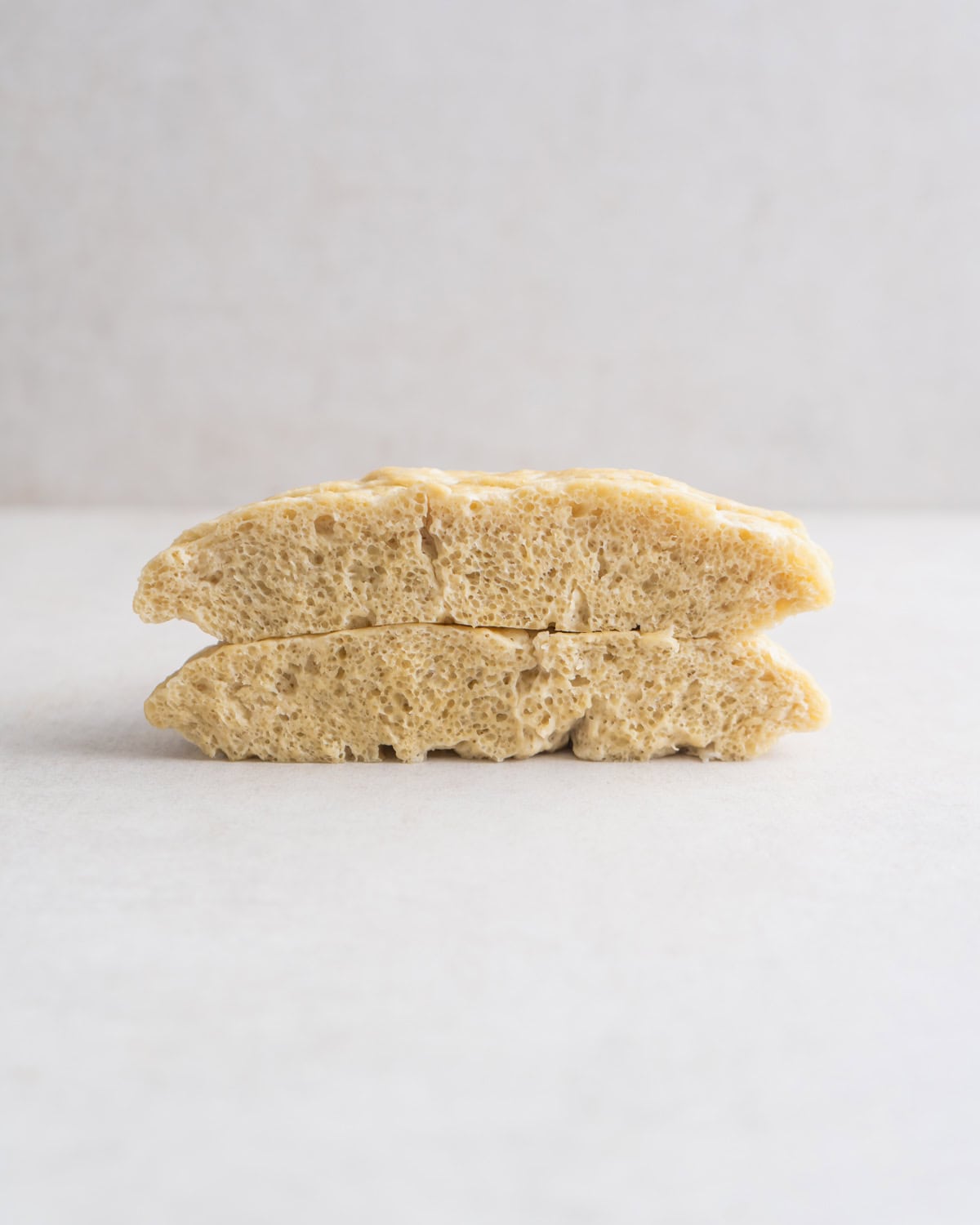

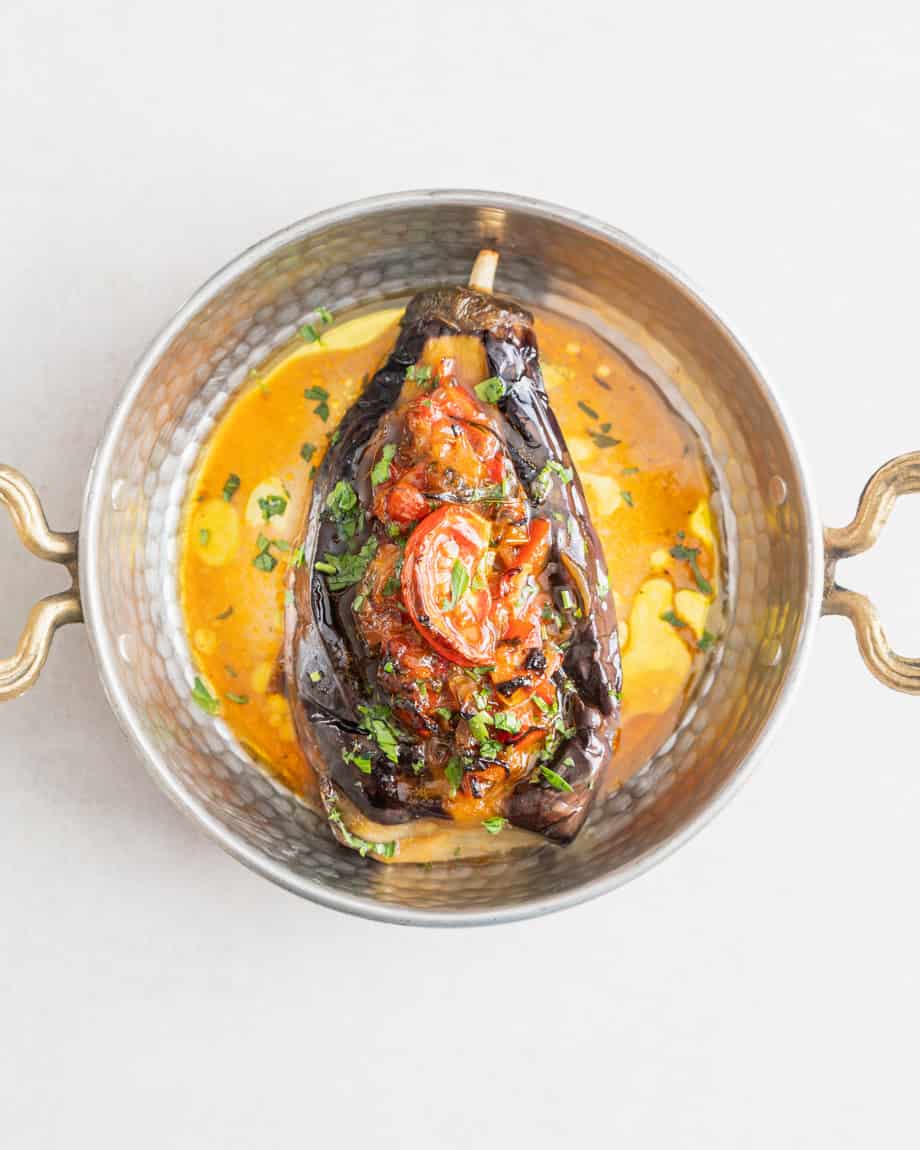

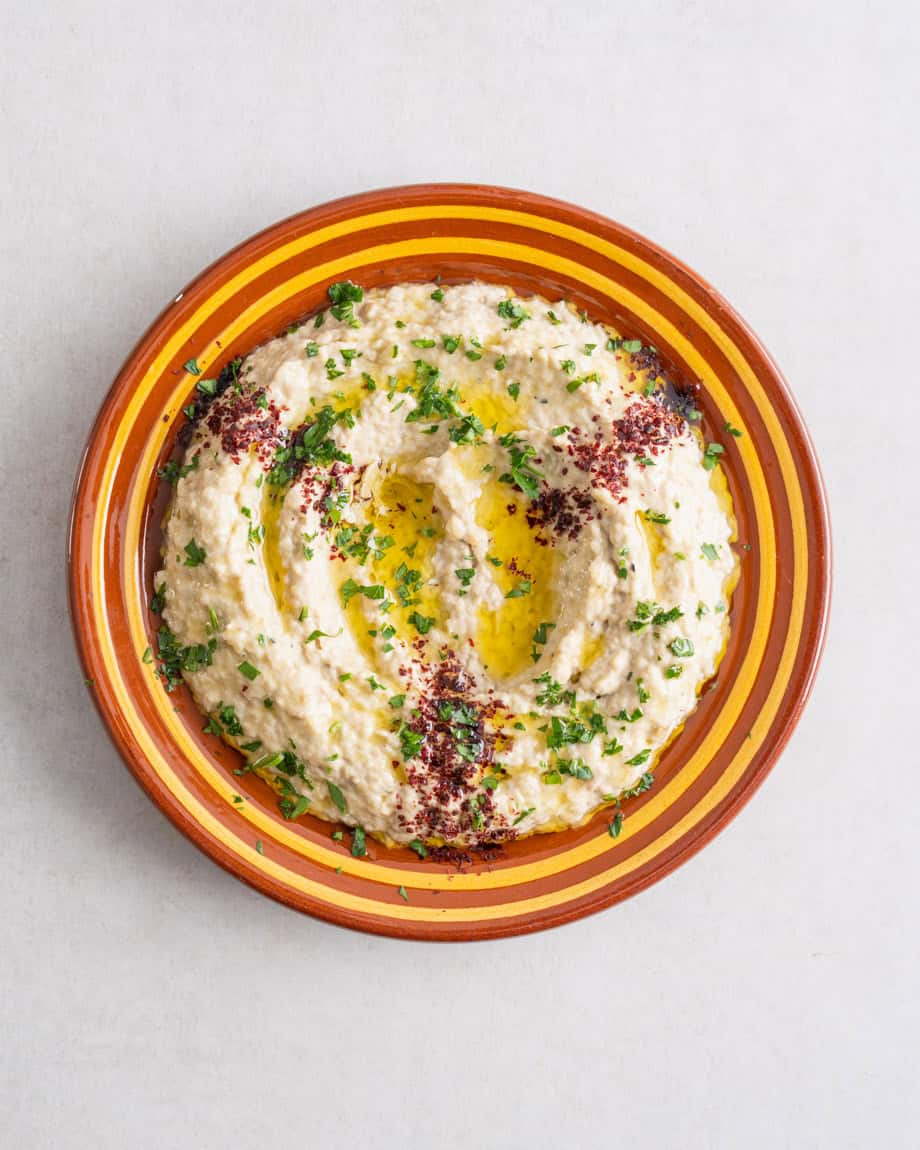
Could I use mochi flour instead?
I haven’t tried it, but it should work quite well, actually!